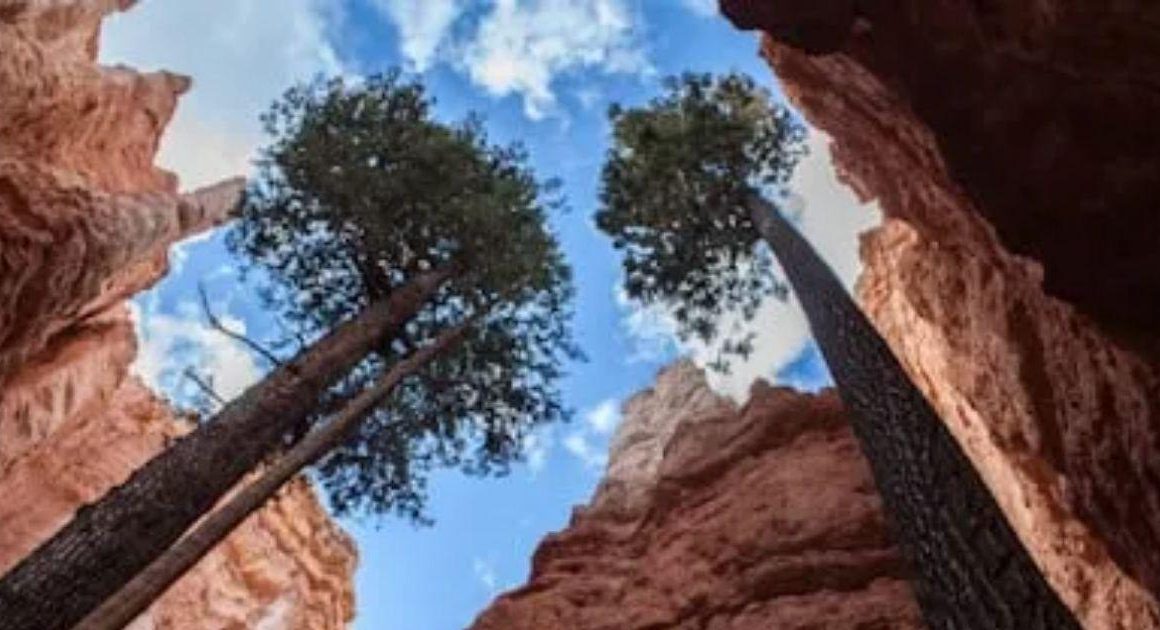Most road authorities consider using magnesium chloride to prevent dust on construction sites. Like calcium chloride, it has a 30% density and similar water attraction properties but is less effective in reducing dust in hot conditions. However, magnesium chloride and other dust suppressants are available in the market, and the increasing number of road construction sites is creating a strong demand for these chemicals. Let’s look at the most common chemicals used to control dust during construction.
Calcium chloride
In construction, calcium chloride is an effective dust suppressant. The amount of calcium chloride needed varies with the surface type and traffic volume. It should be applied as soon as the surface starts showing signs of dusting, such as after road blading. The application rate can be adjusted depending on the area and time of day.
This hygroscopic dust suppressant has a retentive effect, attracting moisture from the air and surroundings. Its lower vapour pressure and higher surface tension enable it to maintain the desired moisture film.
When appropriately applied, calcium chloride is an excellent de-icer and anti-icer, and its effectiveness is best seen when used before freezing. Calcium chloride also has low migration into the soil, not adversely affecting plant life.
Lignosulfonate based products
Lignosulfonate based dust suppressants are an excellent solution for unpaved roads.
Depending on the type of surfacing material, amount of emulsion, and particle size distribution, lignin sulfonate can be a highly effective dust suppressant. Before applying any dust suppressant, consult with an expert and learn about the best methods. Good construction practices and consultation are essential to achieve optimum results. While lignin sulfonate is an effective dust suppressant, it can also harm local aquatic life.
In addition to using lignin-based products, some sprays are also effective at dust suppression during construction. Spraying these products with fog cannons and water carts forms a uniform layer over the surface. Once the product dries, the resulting film forms a malleable membrane, preventing dust from blowing up in the wind and running off during normal rainfall events.
Calcium chloride and magnesium chloride are two of the most commonly used products for dust suppression during construction. Although they are similar, their concentrations differ, and calcium chloride is more effective than magnesium chloride at controlling dust.
Surfactants
Surfactants are substances that reduce the absorption of water on materials. They allow water to be more easily absorbed by a material and thus reduce dust buildup. Surfactants can be used for both indoor and outdoor dust suppression. These chemicals are applied to the construction site to reduce the amount of water needed for dust suppression. Depending on the project’s duration and nature, surfactants may be used in either water or an oil-based solution.
Hydro-seeding
There are many reasons why hydro-seeding from https://globalroadtechnology.com/ is used in the construction industry. It can quickly repair land disturbed during a construction project. These machines are suitable for industrial, commercial, and even smaller landscaping projects. These machines can also help finish major construction projects efficiently and cost-effectively.
During construction, contractors often use hydroseed on their sites to stabilize soil, minimize erosion, and prevent dust. Many land development projects include revegetation, and hydro-seeding is an effective way to quickly and efficiently revegetate an area. Additionally, many projects must adhere to strict environmental and municipal regulations, and hydroseeding is a great way to comply with these regulations.
Commercially-applied hydroseeding solutions often include fertilizer, fibres, and binder/tackifier. These additives provide temporary cohesion, help seed firmly establish a dense cover, and enhance the germination and striking rate of the seeds. When used in high concentration areas, hydroseeding may reduce the risk of erosion and ensure that the seed is thriving in a dense cover.
Water spraying is the most common method of dust suppression. It is cost-effective and provides excellent results. Water spraying should be applied as little as three times a day, depending on atmospheric conditions, and be limited to a small amount to avoid erosion. The water will then be used as a supplementary dust suppression system. Once the water has absorbed the dust, the system will work to eliminate it from the air.


